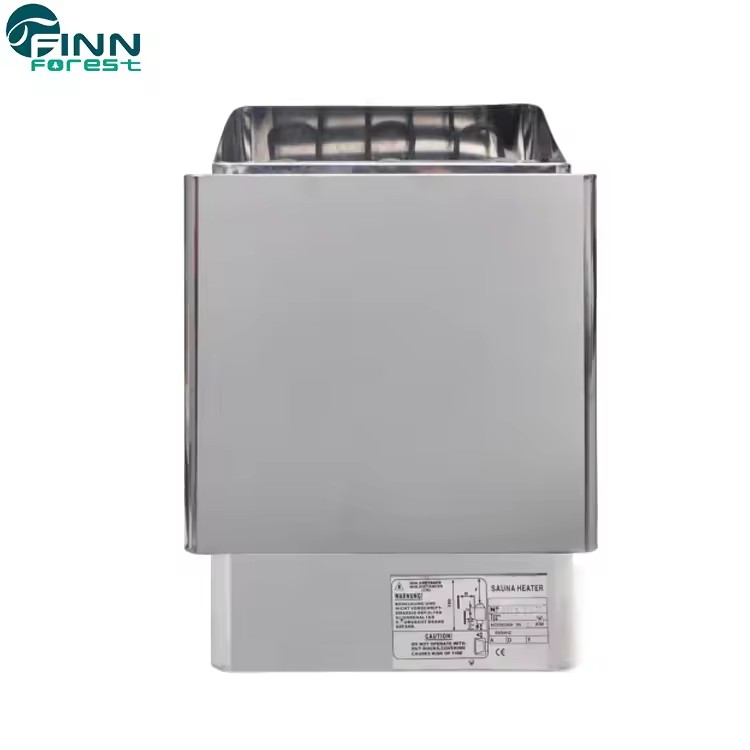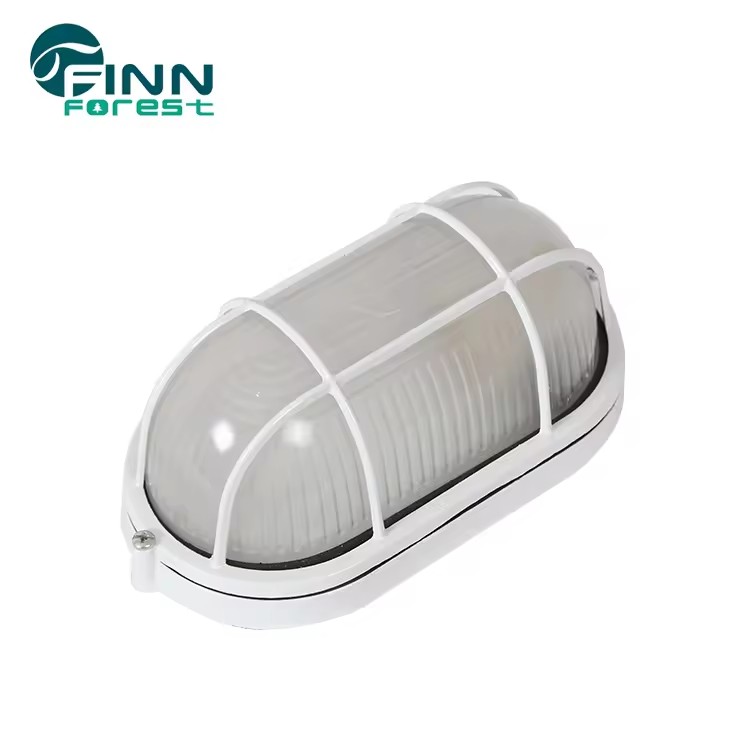
Steam room equipment consists of the essential components and accessories needed to create and maintain a functional steam room, which provides a humid, warm environment ideal for relaxation and various health benefits. Here's fenlin overview of the key equipment typically found in a steam room:
1. Steam Generator
Function: The core of a steam room, the steam generator heats water to produce steam, which is then distributed throughout the room.
Electric Steam Generators: The most common type, these use electricity to heat water and create steam.
Gas Steam Generators: Less common, these use natural gas or propane as a heat source.
Key Features:
Size/Capacity: The generator must be appropriately sized based on the steam room’s volume to ensure consistent steam production.
Control System: Allows users to set and maintain the desired temperature and steam output.

2. Steam Head
Function: The steam head is the outlet through which steam is released into the steam room. It is usually located near the floor to allow steam to rise naturally.
Design: Steam heads often include essential oil reservoirs to infuse the steam with aromatherapy scents.
3. Control Panel
Function: The control panel manages the steam generator’s settings, including temperature, steam duration, and lighting.
Digital Controls: Offer precise temperature settings and programmable options.
Touch Controls: Sleek, modern interfaces often integrated into the wall for easy access.
Remote Controls: Allow for adjustment from outside the steam room.

4. Seating
Function: Provides a place for users to sit or recline while enjoying the steam.
Materials: Typically made from non-porous materials like tile, marble, or molded acrylic, which are resistant to moisture and heat.
Design: Benches may be built-in or free-standing, often designed with ergonomic curves for comfort.
5. Lighting
Function: Provides visibility and ambiance inside the steam room. The lighting should be waterproof and able to withstand high humidity levels.
Recessed LED Lights: Commonly used for their energy efficiency and durability.
Fiber Optic Lighting: Creates soft, ambient light with customizable colors.
Chromotherapy Lighting: Offers different colored lights for therapeutic effects, enhancing relaxation and mood.

6. Ventilation System
Function: Ensures air circulation and controls humidity levels, preventing the build-up of too much steam and maintaining a safe environment.
Components:
Exhaust Fan: Helps remove excess humidity after use to prevent mold and mildew.
Air Inlet: Introduces fresh air, ensuring that the steam does not become overly saturated.
7. Waterproof Doors
Function: Seals the steam room to contain steam while providing easy access. The door should be durable, resistant to heat and moisture, and have a tight seal.
Materials: Commonly made from tempered glass, often with a wooden or metal frame.
8. Temperature Sensor
Function: Monitors the temperature inside the steam room to maintain a consistent and safe environment.
Placement: Typically installed on the wall, away from direct steam flow to ensure accurate readings.
9. Steam Room Walls and Ceiling
Materials: Typically constructed with moisture-resistant, non-porous materials like tile, acrylic, or glass. These materials are chosen for their ability to withstand the high humidity and temperature of a steam room.
Design Considerations: The ceiling is often slightly sloped to prevent condensation from dripping onto users.
10. Drainage System
Function: Essential for removing excess water from the steam room, preventing water buildup and ensuring hygiene.
Design: Floors are often sloped towards a drain to facilitate water flow, and the drain should be regularly maintained to prevent clogging.
11. Optional Steam Room Equipment
Aromatherapy Systems: Diffuse essential oils into the steam for added relaxation and therapeutic benefits.
Music System: Built-in speakers can be installed for background music or nature sounds to enhance the steam room experience.
Towel Warmer: Provides warm towels after a steam session, adding an extra level of comfort.
Foot Bath: A small basin or built-in feature where users can soak their feet before or after using the steam room.
Steam room equipment is designed to create a comfortable and safe environment that promotes relaxation and wellness. The key components include the steam generator, control systems, seating, lighting, and ventilation. Optional features like aromatherapy systems and music can enhance the experience.



















